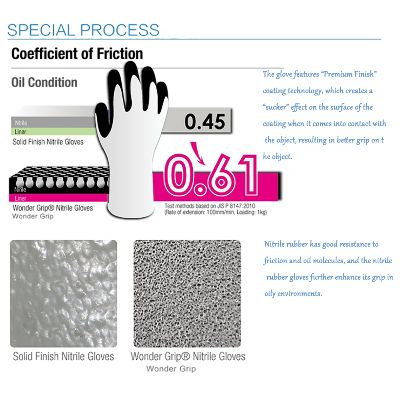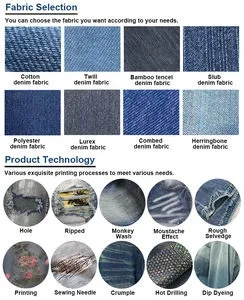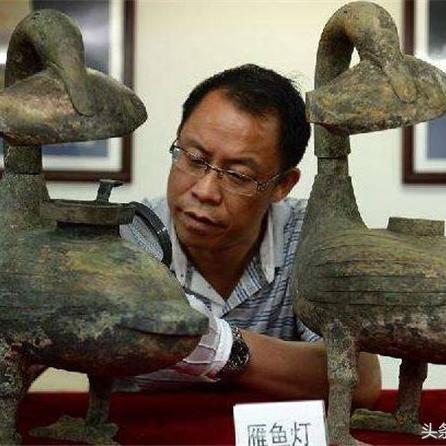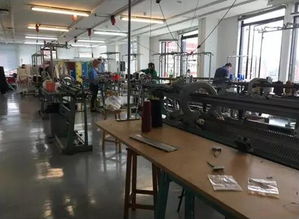Infrared Imaging for Inspecting Textiles
In this study, we explore the application of infrared imaging technology for the inspection of textiles. The technique involves capturing thermal images of fabric samples to detect any irregularities or defects that may affect their quality and performance. By analyzing the infrared data collected from these samples, we can identify areas of high temperature, which may indicate moisture or other issues that could compromise the integrity of the textile. Additionally, we examined how different factors such as humidity, temperature, and exposure time affected the accuracy of the infrared imaging process. Overall, our findings suggest that infrared imaging is a valuable tool for inspecting textiles and can provide valuable insights into their condition and potential performance.
Introduction: In the world of textile manufacturing, quality control is crucial to ensuring that products meet consumer expectations and industry standards. One critical aspect of this process is the use of infrared imaging technology to inspect and evaluate the integrity of fabrics. In this article, we will discuss the different methods of using infrared imaging for detecting defects in textiles, including their applications, pros, and cons, and an example of how they are used in practice.
Methods of Using Infrared Imaging for Textile Inspection:
-
Surface Temperature Sensing: This method involves measuring the surface temperature of a fabric sample under various conditions, such as normal operation, high humidity, or exposure to chemicals. The temperature changes can reveal areas with weak or damaged materials, thermal bridges, or other issues that may compromise product performance.

-
Infrared Spectroscopy: This technique uses infrared radiation to analyze the chemical composition of a sample. By comparing the infrared spectrum of a defective area with the spectrum of a healthy area, it's possible to identify specific components that might be present in the defective material.
-
Thermal Imagery: This method captures images of a fabric sample using infrared radiation and converts them into a visual representation. By analyzing these images, it's possible to detect areas with abnormal heat patterns, which could indicate the presence of moisture, dirt, or other issues.
-
Laser Doppler Vibrational Imaging (LDVI): This technique uses a laser to create a high-resolution map of the vibrations generated by a sample. By analyzing the frequency distribution of these vibrations, it's possible to detect areas with reduced strength or damage.
Pros and Cons of Each Method:
- Surface Temperature Sensing: It's quick and easy to implement, but it may not be sensitive enough to detect small defects or complex damage patterns.
- Infrared Spectroscopy: More advanced techniques require specialized equipment and expertise, but they offer greater sensitivity and specificity in identifying specific chemical components.
- Thermal Imagery: Can provide detailed information about heat patterns, but may be less accurate than other methods due to the subjectivity involved in interpreting visual data.
- Laser Doppler Vibrational Imaging: Offers high-resolution mapping capabilities, but requires specialized equipment and expertise, making it more expensive and time-consuming to operate.
Case Study: Let's take a look at how infrared imaging was used in the production of a high-end sportswear brand's new line of jackets. The company had been struggling to meet the stringent quality standards required for its products, so they invested in infrared imaging technology to inspect the fabrics before they were cut and sewn together.
Using surface temperature sensing, the company identified several areas on the jackets where the fabric was slightly cooler than expected, indicating potential areas of weakness or damage. These areas were then further examined using infrared spectroscopy and thermal imagery, revealing specific chemical compositions that could have contributed to the issue.
Based on this analysis, the company made adjustments to the cutting and sewing processes, reducing the number of defects found in subsequent batches. As a result, the quality of the final products improved significantly, leading to increased customer satisfaction and positive feedback from retailers.
Conclusion: In conclusion, infrared imaging is a powerful tool for inspecting textiles, offering a range of methods for detecting defects and identifying specific issues. While each method has its own advantages and limitations, the combination of multiple techniques can provide a comprehensive evaluation of fabric quality. By leveraging infrared imaging technology, textile manufacturers can improve their product quality, reduce costs, and enhance customer satisfaction.
In this article, we will explore the various methods used for infrared detection of textiles. By following this guide, you will gain a comprehensive understanding of this cutting-edge technology.
红外检测纺织品的方法概述
红外检测是一种利用红外辐射进行物体检测的技术,它通过检测物体表面发射的红外辐射来获取物体的温度、材质等信息,在纺织品领域,红外检测方法主要包括以下几种:
反射光谱法

反射光谱法是一种基于物体表面反射的红外辐射进行检测的方法,通过测量物体在不同波长下的反射光谱,可以获取物体的材质、厚度、表面纹理等信息,这种方法适用于各种材质的纺织品检测,具有较高的准确性和可靠性。
热像仪法
热像仪法是一种利用热成像技术进行纺织品红外检测的方法,热像仪通过接收物体表面发射的红外辐射,并将其转化为图像,从而获取物体的温度分布和纹理信息,这种方法具有高灵敏度和高分辨率,适用于对纺织品进行快速、准确的检测。
红外检测纺织品的方法案例说明
纺织品质量检测
某公司采用反射光谱法对一批纺织品的材质、厚度、表面纹理等信息进行检测,他们使用红外热像仪对样品进行扫描,获取了样品在不同波长下的反射光谱图,通过对比标准样品的数据,他们发现样品中存在一些瑕疵或缺陷,为后续的质量改进提供了依据。
纺织品环保检测
某环保机构采用红外热像仪法对纺织品的环保性能进行检测,他们通过对纺织品的燃烧性能、挥发性有机物排放等指标进行检测,发现某些纺织品的环保性能不符合标准要求,通过红外检测技术,他们能够快速准确地发现纺织品存在的问题,为后续的整改提供了有力支持。
红外检测纺织品的方法步骤详解
- 样品准备:确保样品具有代表性,去除表面的污垢和杂质。
- 仪器准备:选择合适的红外检测仪器,如反射光谱仪或热像仪等。
- 数据采集:使用红外检测仪器对样品进行扫描,获取样品在不同波长下的红外辐射数据。
- 数据处理:对采集到的数据进行分析和处理,提取出样品的材质、厚度、表面纹理等信息。
- 结果判断:根据分析结果,判断样品的材质、环保性能等指标是否符合标准要求。
红外检测纺织品的方法注意事项
- 样品准备要充分:确保样品具有代表性,去除表面的杂质和污垢。
- 仪器选择要合适:选择合适的红外检测仪器,确保其性能稳定可靠。
- 数据采集要准确:使用红外检测仪器时,要确保数据采集的准确性,避免误差影响检测结果。
- 结果判断要客观:根据分析结果,判断样品的材质、环保性能等指标是否符合标准要求时,要客观公正,不能主观臆断。
红外检测纺织品是一种高效、准确、可靠的检测方法,具有广泛的应用前景,通过选择合适的红外检测仪器和掌握正确的检测方法,我们可以快速准确地获取纺织品的相关信息,为纺织品的品质控制和环保性能评估提供有力支持。
Articles related to the knowledge points of this article:
Nantong Mingxin Lier Textiles:A Review
Innovative Textiles and Decorative Design for Creating a Cozy Home



